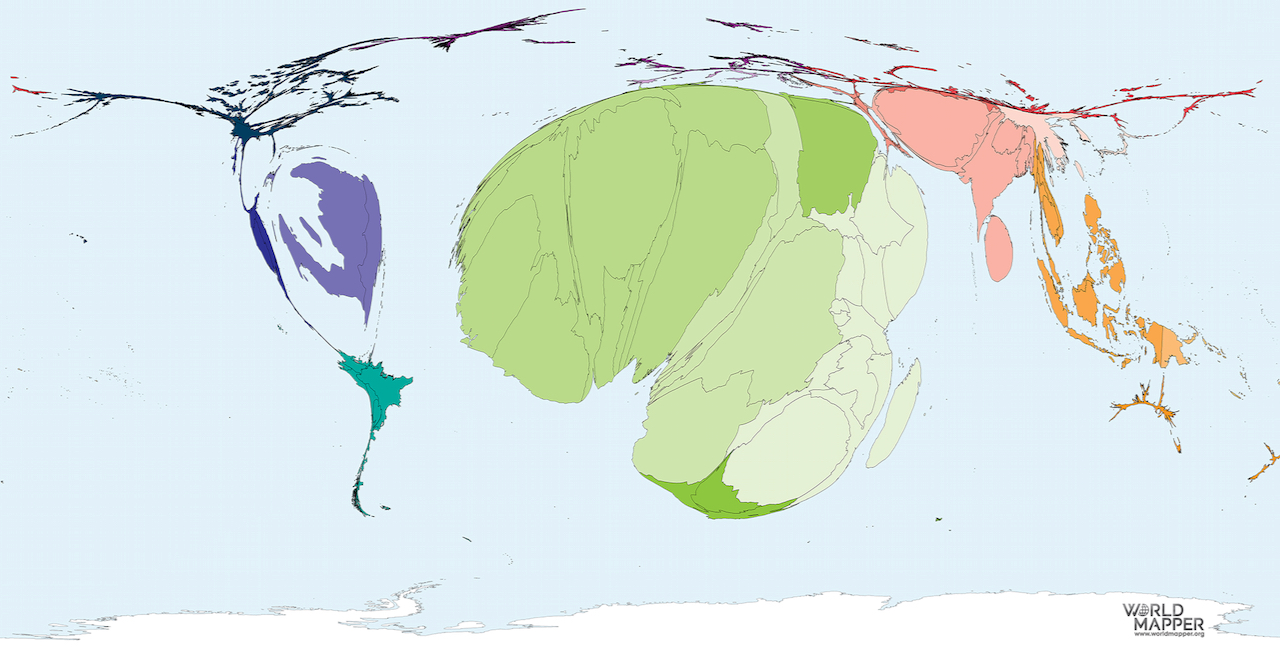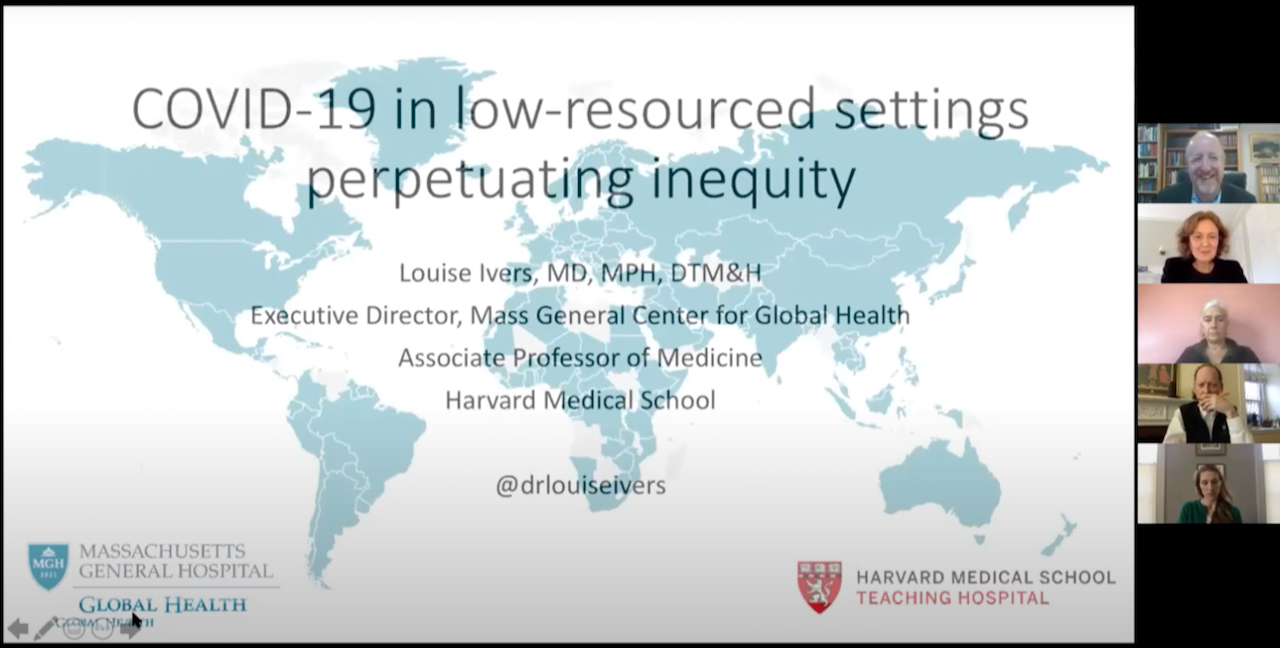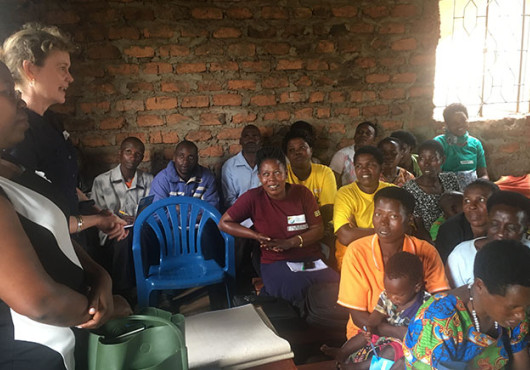
This article is part of Harvard Medical School’s continuing coverage of medicine, biomedical research, medical education and policy related to the SARS-CoV-2 pandemic and the disease COVID-19.
In the early months of the COVID-19 pandemic, markedly different scenarios played out in countries around the world. In northern Italy, the viral disease spread quickly and overwhelmed one of the world’s most developed health systems. In South Korea, where intensive contact tracing and isolation protocols were rapidly put in place after an initial surge, numbers of new cases dropped.
The difference in these outcomes cannot be explained by the absence of a specific therapeutic or diagnostic tool in Italy, or by a difference in host or pathogen biology in South Korea, said Paul Farmer, head of the Department of Global Health and Social Medicine in the Blavatnik Institute at Harvard Medical School and Kolokotrones University Professor.
The difference in outcomes, he said, is due to the social, political, cultural and historical factors that shaped responses to the contagion.
“We are not able to explain such dramatic variation from province to province or nation state to nation state by using any kind of essentialism about the host or the pathogen,” Farmer said in a recent HMS forum. “Case fatality rates have not declined or remained low because of specific preventives or therapies. It really has to do with the social responses to the disease.”
The most important thing to note about the variability in case fatality rates, Farmer noted, is that even in the absence of a specific vaccine or therapeutic to combat the novel coronavirus infection, there are effective social strategies that can be employed to protect health and slow down the spread of disease.
“There’s a lot of room for improvement,” Farmer said. “There’s a lot we can do to save lives.”
Farmer made the observations at a panel discussion of faculty members from the Department of Global Health and Social Medicine who gathered by teleconference March 26 to discuss the value of a social medicine perspective for responding to outbreaks. This panel was part of an ongoing seminar series on COVID-19 response hosted by the department. The sessions are being recorded and will be made available online.






